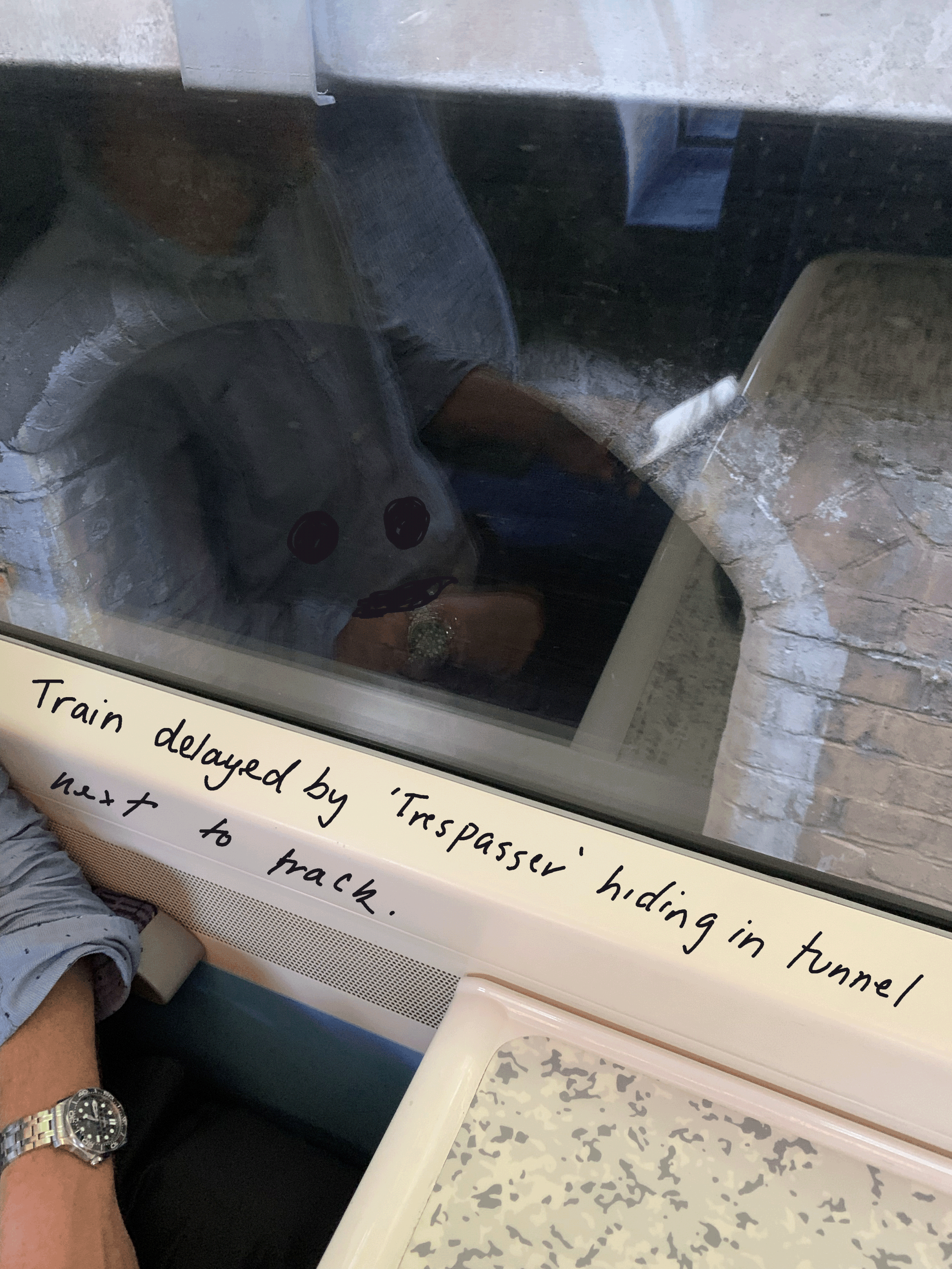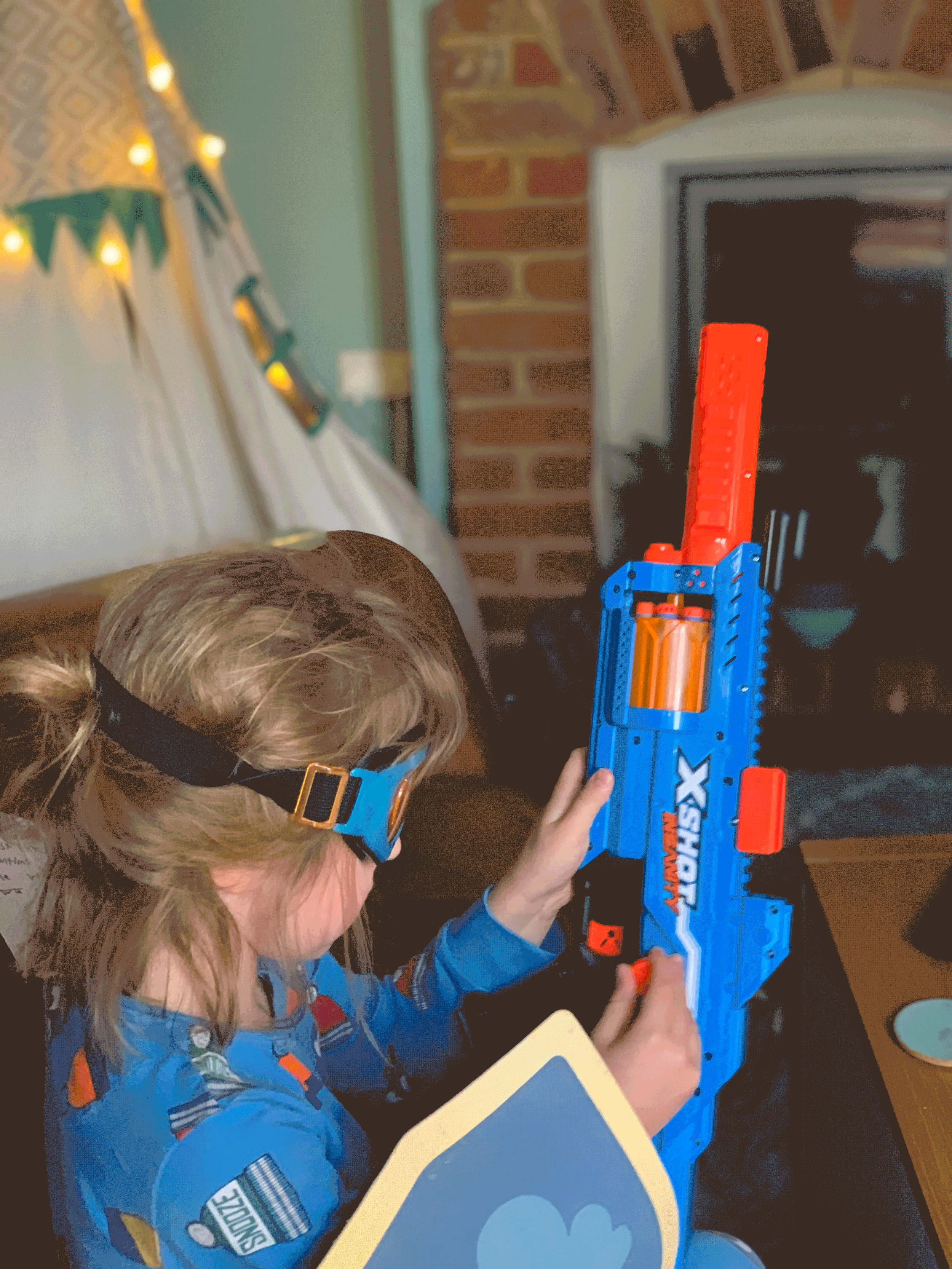What problems led to my PhD research?
In my twenties I began working as a scenic painter for the Australian Opera and discovered it wasn’t just ‘Camille’ in The Lady of the Camelias who was the subject of atrocious abuse. It was most women characters who tried to break the subservient mould. As Marina Abramovic makes evident in 7 Deaths of Maria Callas (7 Deaths of Maria Callas, 2023), women sing fantastically then suffer equally fantastic deaths. Onstage women may get the biggest bouquets, but the violent abuse and death of their characters – each evening and twice on Saturdays – tells a different tale. The curtain goes up on a clear message: don’t get a ‘big head’ ladies, even divas are laid low by the patriarchy.
Also working in the gallery and museum sector, I found women were allowed to be authors, but it was not the revelation one might expect. Women authors were presented as important, but not necessarily enviable, and separate from the value system I had been taught to appreciate. Their works weren’t sexy, seductive, or luscious representations of womanhood as seen and celebrated in a Titian, Renoir, or Schiele (Jones, 2014). Judy Chicago’s table (The Dinner Party by Judy Chicago, s.d.), for example, was not beautiful or intriguing, but rather mundane like an old lady’s luncheon complete with doilies and decorated tablecloths[JW1] . While I appreciated the work of the Guerrilla Girls, I also found their work ugly and aggressive. It took time for me to appreciate these works and the way they represented the lived experiences of women.
In my own work, I began mixing theatrical forms of storytelling learnt as a scenic painter with what I continue to learn in the visual arts. In my studio practice I explored interdisciplinary narrative reconstruction, starting with drawings that become designs for scenery, props and costumes, then interactive installations, often culminating in performances for the camera. Using this approach, I have challenged narrative tropes and told the stories of women previously left out of the cultural record. For example, in my Ladies of Oz series, I created photographic portraits of women from Australian history with the assistance of the Queensland Women’s Historical Society (See Fig. 7). And I tell my own stories, about my experiences as a woman, artist, daughter, sister, wife, and mother. For example, Venus of Brisbane is a series of drawings and photographs that track my experience of pregnancy. Over time, my approaches have become more collaborative. However, (as shown in the project design diagram in Fig 8, where pink represents sole authorship, blue participation and purple collaboration) my approach remained largely sole authored.
Increasingly, working with other people introduced issues of authorship. I was loathe to mistakenly replicate patriarchal systems of silence by speaking for other women. I grew up in a post-colonial culture whose history is littered with white people speaking very generously on behalf of those they have never met, talked to, or understood. As Jeanine Leane (2016) points out, “cultural appropriation is not empathy. It is stealing someone else’s story, someone else’s voice”. This message about narrative agency is echoed by Grace Tame, an advocate for survivors of sexual assault who states firmly, “No one else can tell your story” (Abay, 2021).
The authors I meet are divided into two categories, those who think they can tell anyone’s story and those who know they cannot. As a member of the latter group, I am not always sure where the boundaries are or how to move forward in an inclusive and respectful way.
These issues came to a head for me during an interview with ABC Radio Australia (Hinchcliffe, 2016). The presenter, who had evidently been handed a press release about my work, but never seen it, was from Tasmania. Having been briefed that I was making photographic portraits of women from Australian history he understandably asked if I would make a portrait of Truganini, one of the last indigenous women of solely Tasmanian descent. I replied that I had attempted to acknowledge the bias built into my versions of stories by making them self-portraits. Truganini’s was a story worthy of reconstruction, but it was not mine to tell. In other words, I am a white Australian who in no way shape or form can tell the story of a First Nations woman (see Figures 9 and 10 which show portraits of Truganini and myself respectively).
Reflecting on this exchange, I was struck by a conundrum. Those with the most privilege are also the most likely to share their stories. And that privilege is not always obvious simply by looking at a person. There are many aspects of a person that impact their ability to engage in storytelling. Truganini was a first nations woman who lived at a time when her ability to author independently was hampered by the violence of colonial imperialism. In addition, she was limited by her ability to work with the language of imperialism, English. Removed from her land, physically abused by invaders, and eventually displayed posthumously as an exhibit in the Tasmanian Museum (Daley, 2020; Alexander, 2006; Ryan and Smith, 2006)[2] her story has been controlled by others. Thankfully, I live in a time when first nations women have increased power as authors, although that power can and should be amplified further. These structural and personal disadvantages are not limited to Truganini and her experience in the distant realms of history; they exist for all women and are different for each.
But how can I support diverse storytellers while respecting important issues of authorship? Alone I could not tell other people’s stories, but could I literally build a stage to help others share theirs? [AF2]
Having already developed a practice involving other people as performers, this experience pushed me to consider participation differently. I began experimenting with interactivity more explicitly, not as a by-product of exhibition public programs, but as an intentional and central outcome. As shown by Figures 11 and 12, I built stage sets and created interactive visual narratives that participants could compose. I reconsidered collaboration as a part of any engagement with actors that should be acknowledged. I attempted to embed collaboration and participation at earlier stages of project development (as shown by the project design diagram in Figure 13 where pink represents sole authorship, purple collaboration and blue participation) and questioned the boundary between sole authored and guided elements of a project.
I also began to interrogate these terms and their boundaries. I considered solo making as an act largely conceived, developed and delivered by me. A collaboration an engagement where I worked with one or more people to conceive, develop and deliver a work. And participation, where I set the parameters for engagement and people did what they wanted within those parameters.
I started working on participatory public artworks and facilitating private storytelling away from museums in community contexts. Some of these projects were deeply affecting and brought me into contact with women whose stories were marked by violence and conflict, and whose ability to share their stories was limited by issues of personal safety and cultural expectation, such as victims of domestic abuse. I also started a project called ‘The Printed Stage’, which aims to democratise performative engagements online via printable props, costumes, and scenery that institutions and individuals can access remotely (Serisier, 2020). This led to academic projects and collaborations involving interdisciplinary outreach and data creation (Moss, 2023)[3]. Projects in which storytelling was not always paramount, and issues of ethical data creation were complicated.
Living in Australia, I was largely operating from a position of power and privilege. I was, to a certain extent, the default normal in my work and life. White, heterosexual and employed. A practicing artist, I made work by myself and with others, but I was the lead. I was in control.
Then the bottom fell out of my world. My younger brother died unexpectedly, and I lost myself in grief. I watched my parents live their worst nightmare. My husband got a new job, and we moved interstate leaving my beloved Brisbane to memories and Bluey episodes. [AF3] We tried desperately for a second baby via surgeries and drugs as the Doctor pressed a disappearing timeline. Then we moved again, this time halfway around the world to the UK, three months pregnant and with a dynamic toddler in tow. We struggled with how to use a boiler, gave birth in a hospital renowned for newborn morbidity, went through a global pandemic, got locked out of Australia, moved house several times and stopped.
I woke up on the wrong end of the binary in a land where I was a ‘foreigner’. White (other) a ‘dependent’ and lonely mother at ‘home’ with a newborn baby and toddler. In a place where postcolonialism never happened and where I was no longer the norm. I was ignored by most British mothers, as were the other foreign women I met who experienced similar challenges: degrees no longer recognised; far away from family and friends; desperate for company, familiarity, and decent food.
In that darkness, despair, and confusion stories began to flow. As I nursed my baby and watched my son play with fire trucks. In the surreal and never-ending night I drew and took photos with fervour. Desperate to process what had happened to my life and how I was going to survive in this new country. In the career silence of an international relocation, I found solace in the void. I drew what mattered to me and mine. I made for my audience of four. My world. Fantasy blended with reality as I flew into my night diaries.
They brought me here. To a funded thesis, retraining to research and starting anew, desperate to pull my weight and do my best - scared someone will decide they made a mistake.
But it’s not like before. This is not my land. These are not my people. This is a land of hobbits, and Bennett’s, Shakespeare, Constable clouds, and Tracey Emin’s rape. The museums are like art books come to life with wall after wall of ‘masterpieces’ I have never seen in the flesh, let alone larger than a thumbnail.
This place feels full of stories. Perhaps it’s because the power of empire made English stories dominant around the globe, at least in the colonies where I grew up. Perhaps it’s because the darkness begs to be filled. There are millions of people hiding in the British night recording their stories.
This text is part of a research journal that explores what happens next. When my visual storytelling practice changes gears to encompass a range of overlapping identities of advantage and disadvantage. Over the course of this journal my identities and perspective slide and shift.
The words are all real. They were all said by the people depicted. Some overheard. Others are snippets of conversations I had. A certain amount of creative license has been taken with the drawings to contextualise these exchanges or my reaction to them.
There is another part of this research which is about working with other people. But this is the first part. The part where I acknowledge who I am and share that with you. My hope is that by being honest about myself, we can start a conversation about our similarities and differences. And I can perhaps help you to share some of your stories. The ones that stick in your throat and tug on your heart strings. The ones that matter to you.
Carmen Directed by Zambello, F. Written by Bizet, G. [Sydney: Sydney Opera House 2008] I painted the scenery for this production while working for Opera Australia.
Serisier, C. (2024), Methodology circa 2016 [Diagram









